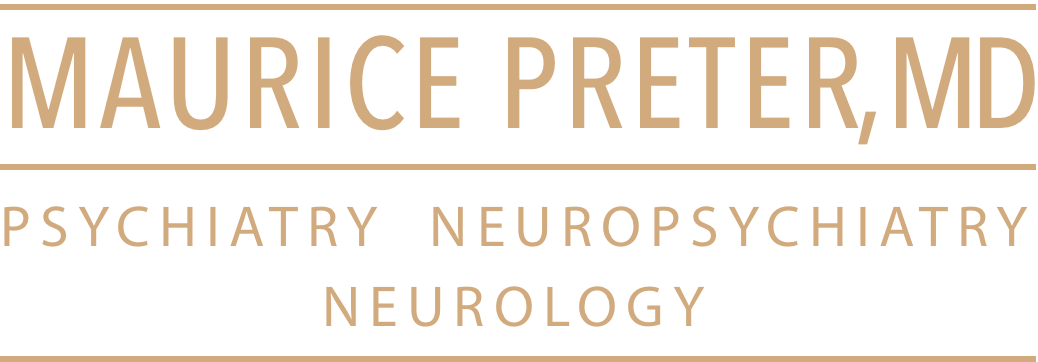Tag Archives: Depression
Curcuma longa (turmeric). Monograph
Abstract
Curcuma longa, a perennial herb, is a member of the Zingiberaceae (ginger) family. The plant grows to a height of three to five feet, and is cultivated extensively in Asia, India, China, and other countries with a tropical climate. It has oblong, pointed leaves and bears funnel-shaped yellow flowers. The rhizome is the portion of the plant used medicinally; it is usually boiled, cleaned, and dried, yielding a yellow powder. Dried Curcuma longa is the source of the spice turmeric, the ingredient that gives curry powder its characteristic yellow color. Turmeric is used extensively in foods for both its flavor and color. Turmeric has a long tradition of use in the Chinese and Ayurvedic systems of medicine, particularly as an anti-inflammatory agent, and for the treatment of flatulence, jaundice, menstrual difficulties, hematuria, hemorrhage, and colic. Turmeric can also be applied topically in poultices to relieve pain and inflammation. Current research has focused on turmeric’s antioxidant, hepatoprotective, anti-inflammatory, anticarcinogenic, and antimicrobial properties, in addition to its use in cardiovascular disease and gastrointestinal disorders. Continue reading
Curcumin, an active component of turmeric (Curcuma longa), and its effects on health
Curcumin, an active component of turmeric (Curcuma longa), and its effects on health Continue reading
Examining the potential clinical value of curcumin in the prevention and diagnosis of Alzheimer’s disease
Examining the potential clinical value of curcumin in the prevention and diagnosis of Alzheimer’s disease
K G Goozee 1 , T M Shah 2 , H R Sohrabi 2 , S R Rainey-Smith 2 , B Brown 2 , G Verdile 2 , R N Martins 1
Affiliations expand
PMID: 26652155 DOI: 10.1017/S0007114515004687
Free article
Abstract
Curcumin derived from turmeric is well documented for its anti-carcinogenic, antioxidant and anti-inflammatory properties. Recent studies show that curcumin also possesses neuroprotective and cognitive-enhancing properties that may help delay or prevent neurodegenerative diseases, including Alzheimer’s disease (AD). Currently, clinical diagnosis of AD is onerous, and it is primarily based on the exclusion of other causes of dementia. In addition, phase III clinical trials of potential treatments have mostly failed, leaving disease-modifying interventions elusive. AD can be characterised neuropathologically by the deposition of extracellular β amyloid (Aβ) plaques and intracellular accumulation of tau-containing neurofibrillary tangles. Disruptions in Aβ metabolism/clearance contribute to AD pathogenesis. In vitro studies have shown that Aβ metabolism is altered by curcumin, and animal studies report that curcumin may influence brain function and the development of dementia, because of its antioxidant and anti-inflammatory properties, as well as its ability to influence Aβ metabolism. However, clinical studies of curcumin have revealed limited effects to date, most likely because of curcumin’s relatively low solubility and bioavailability, and because of selection of cohorts with diagnosed AD, in whom there is already major neuropathology. However, the fresh approach of targeting early AD pathology (by treating healthy, pre-clinical and mild cognitive impairment-stage cohorts) combined with new curcumin formulations that increase bioavailability is renewing optimism concerning curcumin-based therapy. The aim of this paper is to review the current evidence supporting an association between curcumin and modulation of AD pathology, including in vitro and in vivo studies. We also review the use of curcumin in emerging retinal imaging technology, as a fluorochrome for AD diagnostics.
Keywords: AD Alzheimer’s disease; APP amyloid precursor protein; Alzheimer’s disease; Amyloid; Aβ β amyloid; BACE1 β-APP-cleaving enzyme-1; BBB blood–brain barrier; BDNF brain-derived neurotropic factor; Curcumin; NFT neurofibrillary tangles; PSD-95 post-synaptic density 95; Retinal imaging. Continue reading
